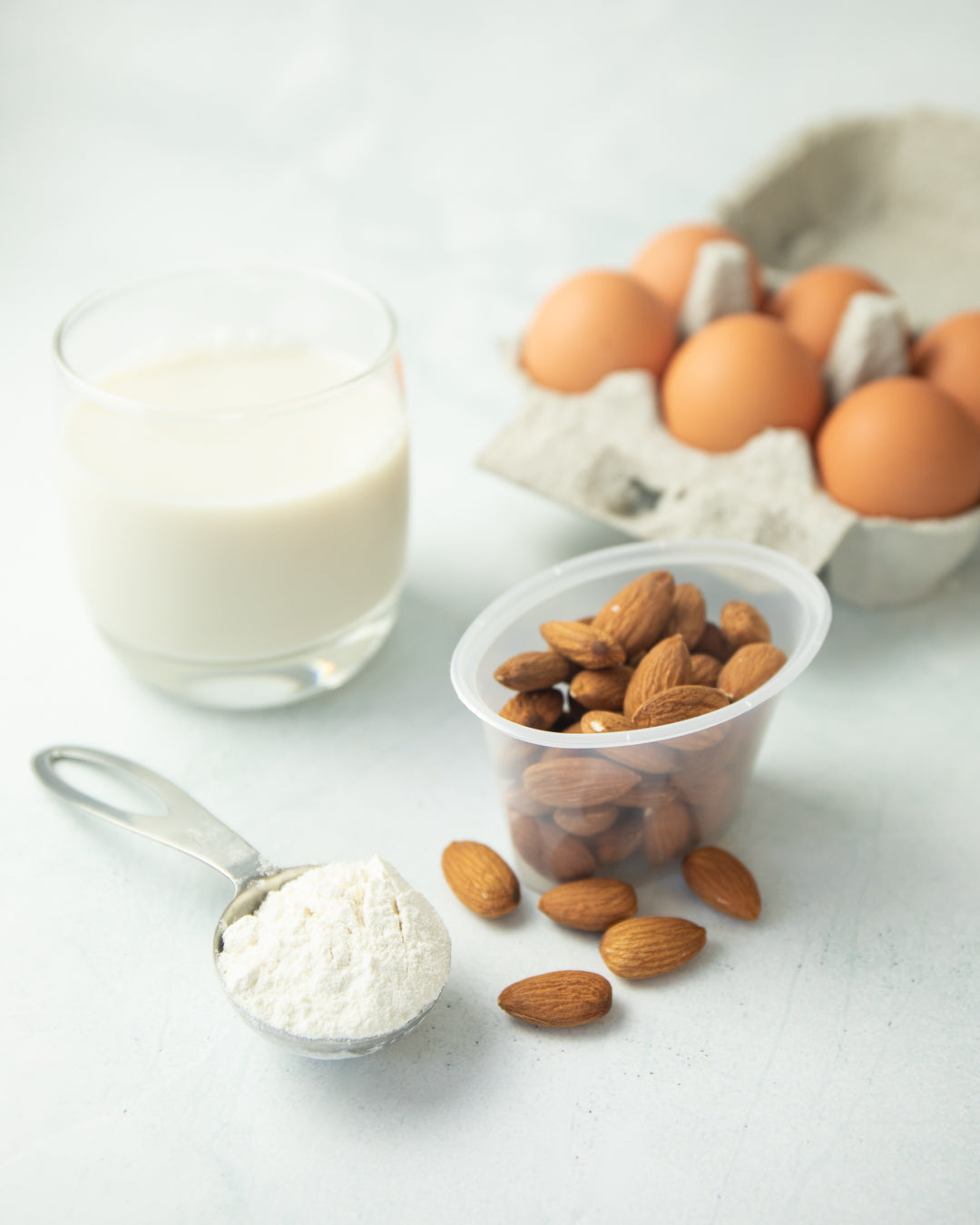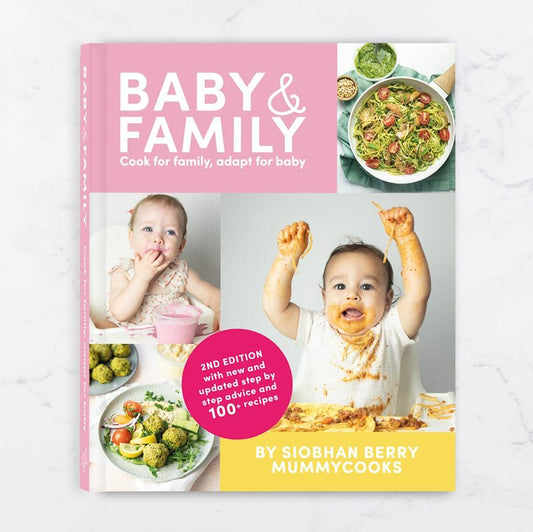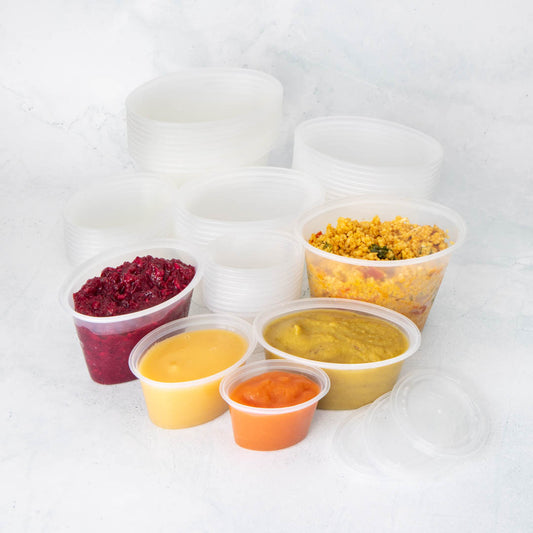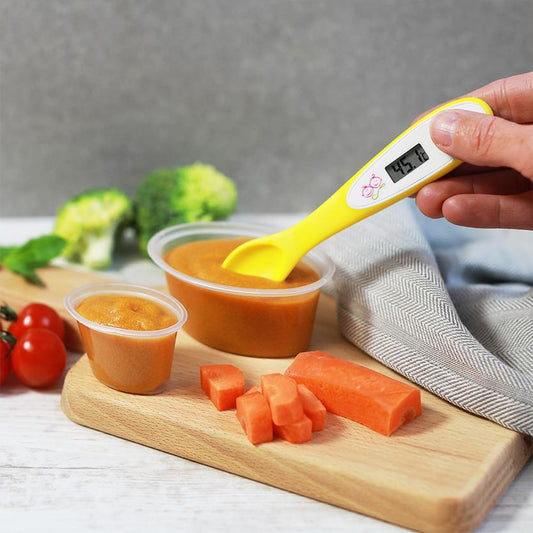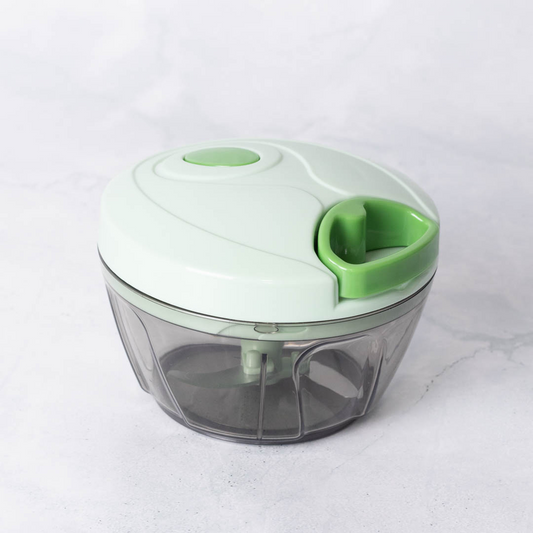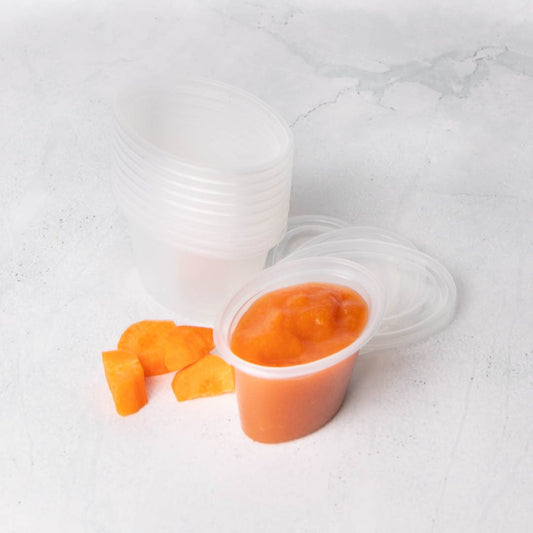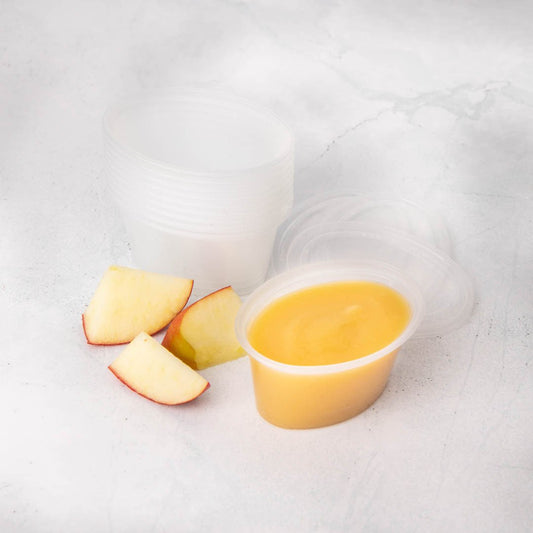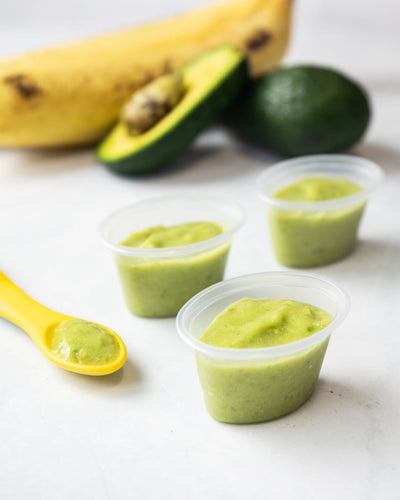I am often asked by parents how to adapt a recipe to be dairy or egg free. Or, queries on substitutes for certain food groups. In today’s world there are a host of food products on the market to suit most if not all dietary requirements. It’s just a matter of knowing which food substitute works best for which intolerance/dietary requirement and how to adapt for recipes.
Allergy Vs Intolerance
Allergy - The first thing to note is the difference between an allergy and an intolerance. According to the HSE “A food allergy is when the immune system generates an adverse reaction to specific proteins found in food. Symptoms of a food allergy can range from moderate, such as tingling in the mouth and a skin rash, to life threatening, such as a severe swelling of the throat that makes it difficult to breathe. A life-threatening allergic reaction is known as anaphylaxis.”Any food source can cause an allergic reaction, however some are more common than others and these are the sources of allergic reaction most common in children:
- Eggs
- Milk
- Soya
- Wheat
- Peanuts
When you begin to wean your baby you should test for these allergies (from 6 months old & not before) by serving small amounts early in the morning and if your child has no issues you should continue to serve them on a regular basis. You can find more information on introducing allergens in my introducing allergens blog post or on pages 36 & 37 of my Baby & Family recipe book.
Intolerance - A food intolerance is rarely life threatening, your child may just experience unpleasant symptoms such as indigestion and bloating which develop several hours after eating. If you are allergic to a certain food, only a tiny particle of food is needed to trigger a food allergy, whereas you would usually need to eat a larger amount of food to trigger an intolerance.
Food Substitutes
Aim for a nutritionally balanced diet - The food substitutes listed below are not all nutritionally equal to the allergen/intolerance they replace. Look at your substitutes nutritional composition and adjust accordingly to compensate for its levels of nutrients, protein and carbohydrates. If you are concerned for your child's nutritional needs please speak to your Public Health Nurse or GP who can refer you to a registered dietitian.
Gluten
Start introducing gluten slowly from 6 months of age and not before 4 months of age. Delaying beyond this can increase your weaning baby's risk of developing coeliac disease and diabetes in later childhood. Introduce gluten foods slowly giving a few days between feeds to monitor any possible reactions. Be extra vigilant if you have a history of coeliac disease in your family. You can find more information on introducing gluten here.
For recipes that call for flour, you can use coconut, almond, oat or rice flour which are all gluten free. If serving oats to your coeliac child, you will need to source certified gluten-free oats.
Dairy
Offering cows milk as your baby's main drink before 12 months old is not recommended, however if a recipe calls for cows milk then you should include it. However, if you discover your child is lactose intolerant then plant-based milk alternatives (except for rice drinks) can be used in cooking if mixed with food for a 6 month old. I always recommend unsweetened versions which are fortified with calcium. There are a wide variety of dairy free cheese, cheese spread & butter options available in the Irish market, keep an eye out for products labelled “lactose free”.
Nuts
If your child has a nut allergy you can substitute many recipes that call for nuts with seeds like pumpkin & sunflower seeds. If you are worried about introducing nuts to your baby, please read my blog on introducing allergens.
Eggs
If your child has an egg allergy, you can easily replace any recipe that calls for egg by doing the following: To replace 1 egg, mix 1 tablespoon of ground flax-seed with 2.5 tablespoons of water.
Fish
Test your baby at six months for a fish or shellfish allergy. If your baby does have an allergy replace shellfish with other sources of lean protein such as skinless white fleshed poultry, beans, peas, lentils or mushrooms like shitake. When your baby turns one consider offering an Omega-3 supplement like Eskimo-3 Kids.
Soy
If your child has a soy allergy or intolerance, you must avoid tofu & tempeh. Great soy replacements which are high in protein include; milk & eggs, beans, quinoa & flax-seed.
For more detailed information, why not attend one of my weaning webinars where I can answer your questions directly, or check out my weekly weaning Wednesday Wednesday Q&A session from 2-3pm on @mummycooks Instagram.
Our Weaning Advice page provides information and advice on weaning your baby. It includes recipes, tips, and articles on a variety of topics related to weaning, such as introducing finger food, adding herbs and spices to baby food, and healthy snacks for your baby, and lots more.

